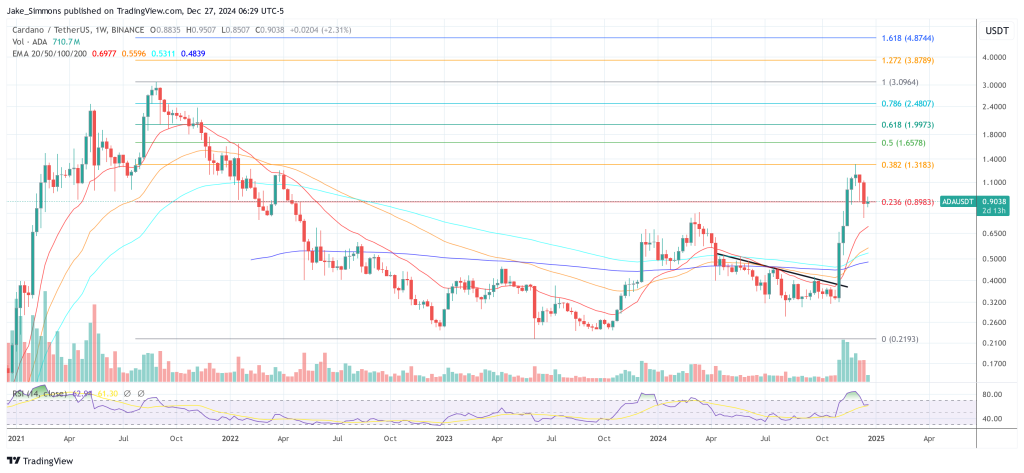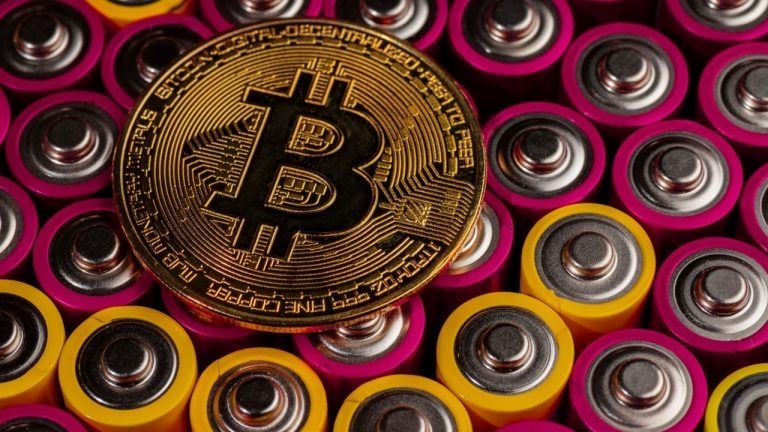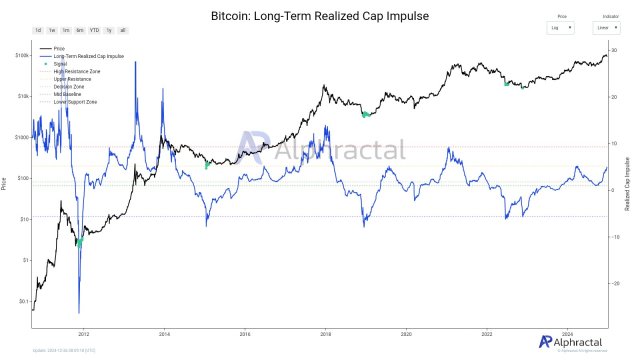Russian commodity firms have increasingly turned to cryptocurrency to circumvent financial hurdles posed by international sanctions.
With traditional banking channels facing challenges, companies are now leveraging stablecoins, notably Tether (USDT), to facilitate “seamless and swift cross-border transactions” with their Chinese counterparts, as reported by Bloomberg.
Major Russian metal producers have primarily adopted this transition, seeking efficient alternatives to conventional financial systems to maintain their trading operations.
How Stablecoins Are Transforming International Trade Finance
These developments respond to the extended economic ramifications of international sanctions following geopolitical tensions that began in early 2022.
According to Bloomberg, despite not being directly targeted by sanctions, these firms have encountered substantial obstacles in conducting business internationally, particularly in receiving payments and acquiring necessary materials and equipment.
Notably, adopting stablecoins appears to be a strategic move to preserve business continuity and mitigate the risks associated with frozen bank accounts and the slow pace of traditional banking transactions.
As disclosed, the appeal of using stablecoins like Tether’s USDT lies in their ability to facilitate transactions quickly and cheaply. Ivan Kozlov, a digital currency expert and co-founder at Resolv Labs, explained:
With stablecoins, the transfer may take just 5-15 seconds and cost a few cents, making such transactions pretty efficient when the sender already has an asset base in stablecoins.
Furthermore, Kozlov revealed that the use of cryptocurrencies in trade finance is gaining traction among unsanctioned firms and as a broader practice in countries facing financial restrictions or dollar “liquidity issues.”
This highlights a growing recognition of cryptocurrency’s potential to serve as a “reliable” medium for substantial international transactions, especially in environments where traditional financial systems pose considerable operational challenges.
Russia’s Current Crypto Stance
Meanwhile, integrating cryptocurrencies into Russia’s trade mechanisms also signifies a change in the country’s regulatory stance towards digital assets.
Bloomberg noted that initially skeptical, the Russian central bank has shifted its view, recognizing the potential benefits of cryptocurrencies in circumventing financial barriers.
The report read:
Previously, the Bank of Russia had considered a blanket ban on the use and creation of all cryptocurrencies, but in November, Governor Elvira Nabiullina told parliament that she supports experimenting with such payments in international transactions.
Amidst these developments, strategic advisors like Gabor Gurbacs from Tether and VanEck have advocated for the broader adoption of cryptocurrencies like Bitcoin by central banks, especially for those countries experiencing fiat currency devaluation.
No fiat currency today is a better alternative to the U.S. Dollar. Bitcoin is the only real better alternative. Countries with depreciating fiat currencies should consider adopting Bitcoin as a reserve currency then legal tender.
— Gabor Gurbacs (@gaborgurbacs) May 27, 2024
Gurbacs suggests that adding Bitcoin to national reserves could provide economic stability and diversification, proposing that countries start allocating a small percentage to cryptocurrencies and gradually increasing their holdings.
Featured image created with DALL·E, Chart from TradingView

You can get bonuses upto $100 FREE BONUS when you:
💰 Install these recommended apps:
💲 SocialGood - 100% Crypto Back on Everyday Shopping
💲 xPortal - The DeFi For The Next Billion
💲 CryptoTab Browser - Lightweight, fast, and ready to mine!
💰 Register on these recommended exchanges:
🟡 Binance🟡 Bitfinex🟡 Bitmart🟡 Bittrex🟡 Bitget
🟡 CoinEx🟡 Crypto.com🟡 Gate.io🟡 Huobi🟡 Kucoin.




















Comments